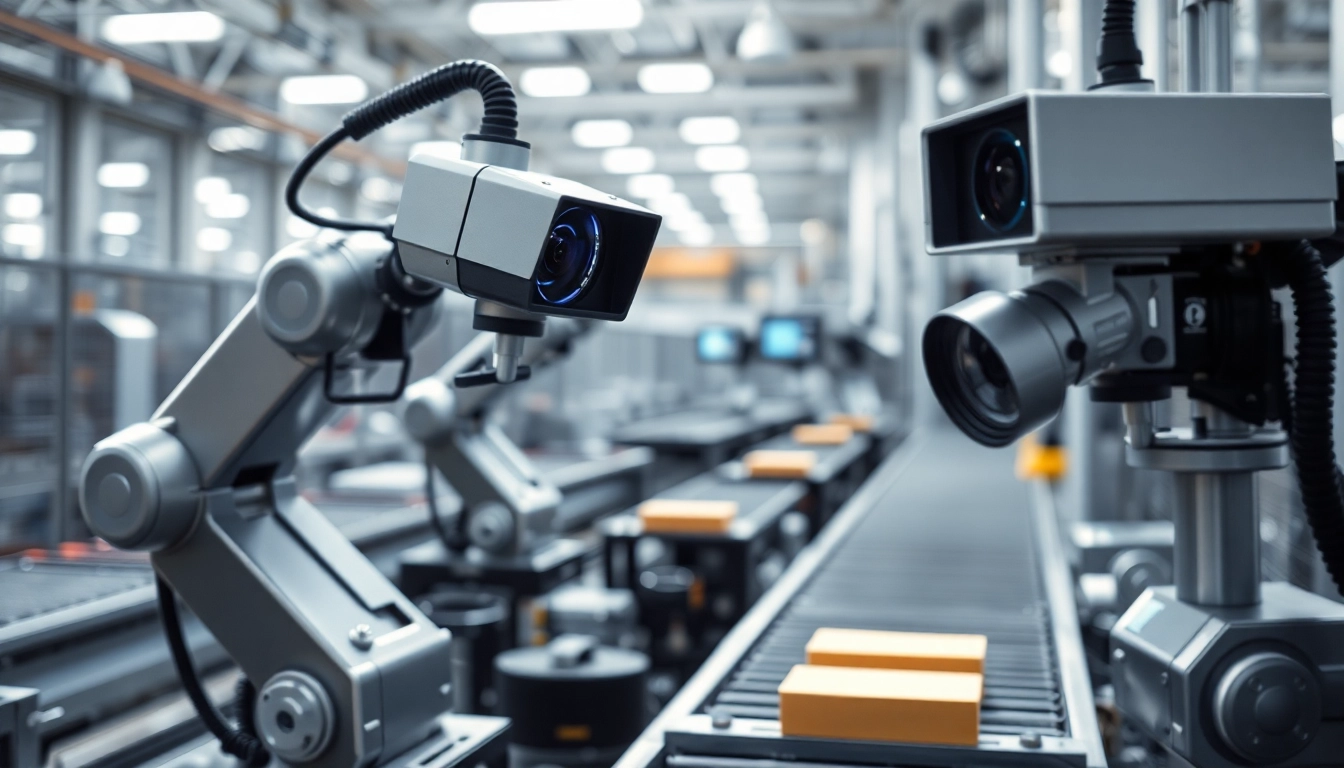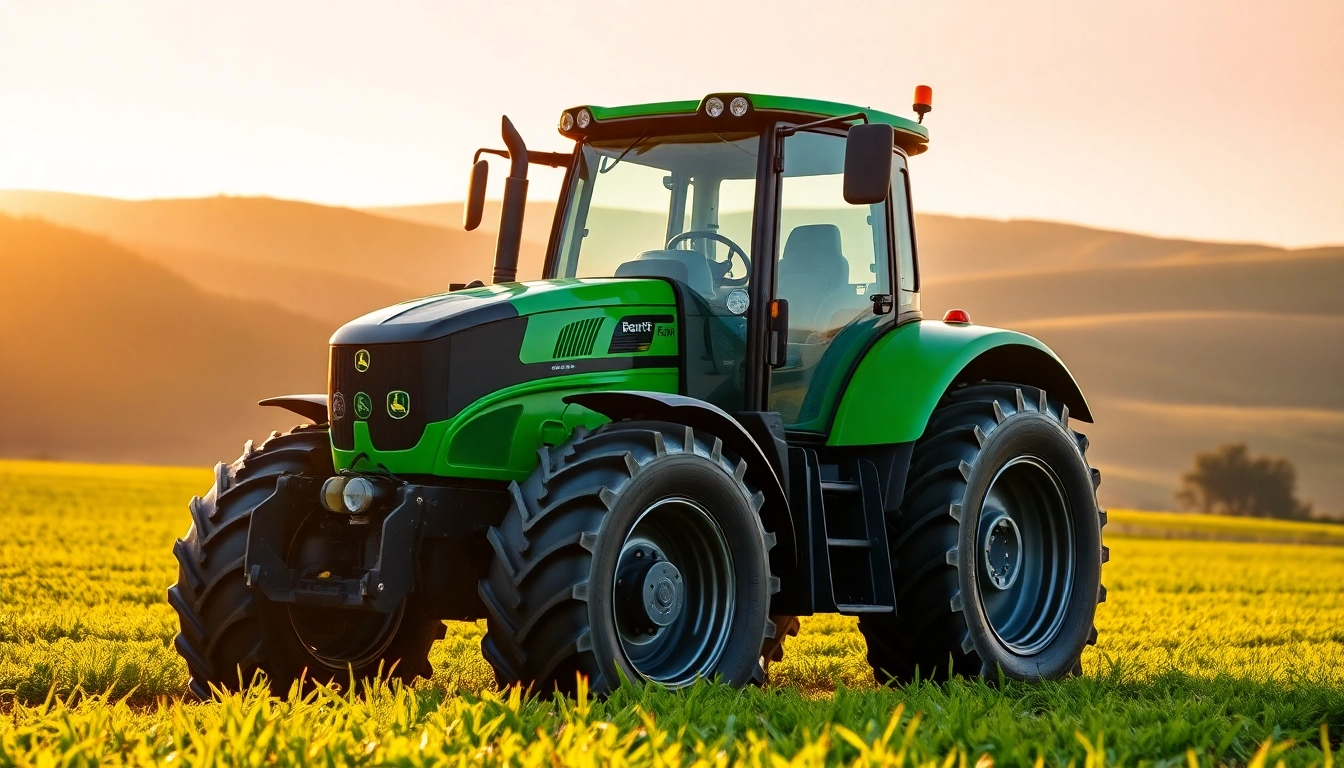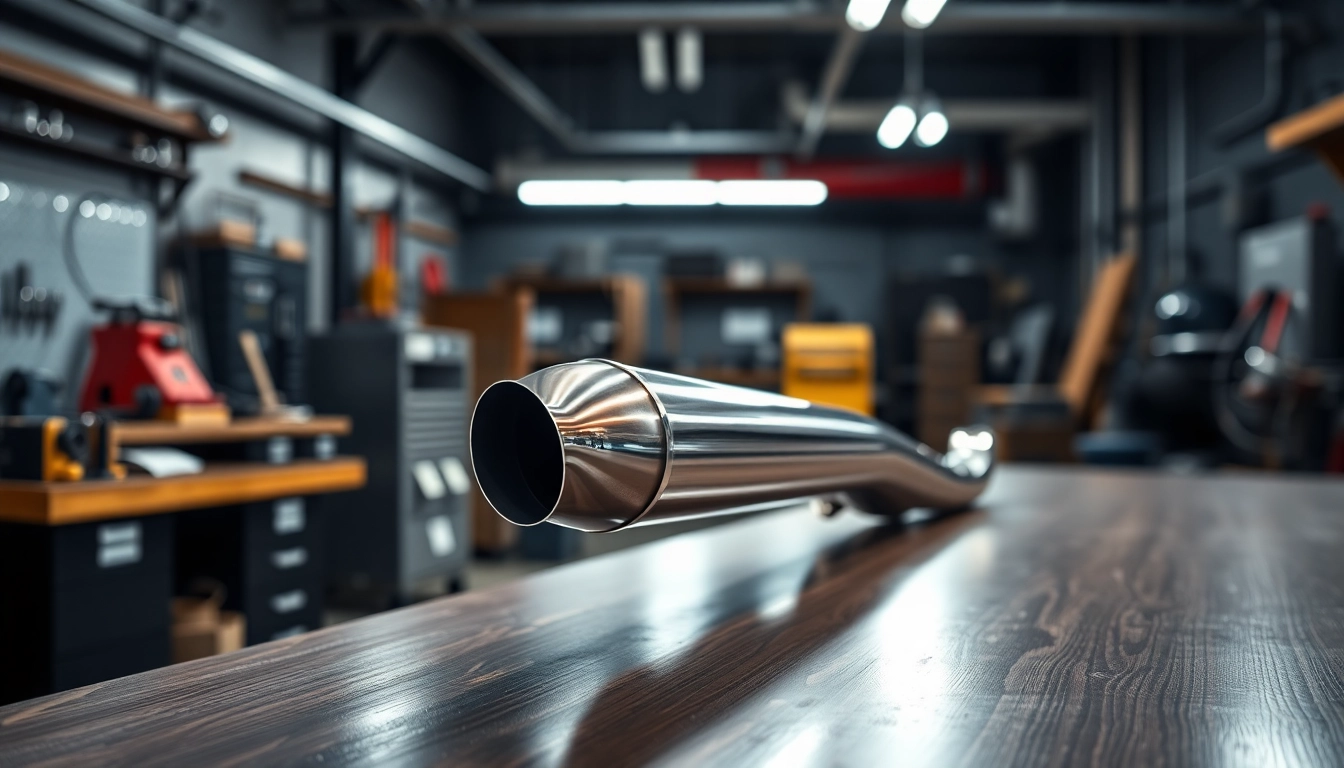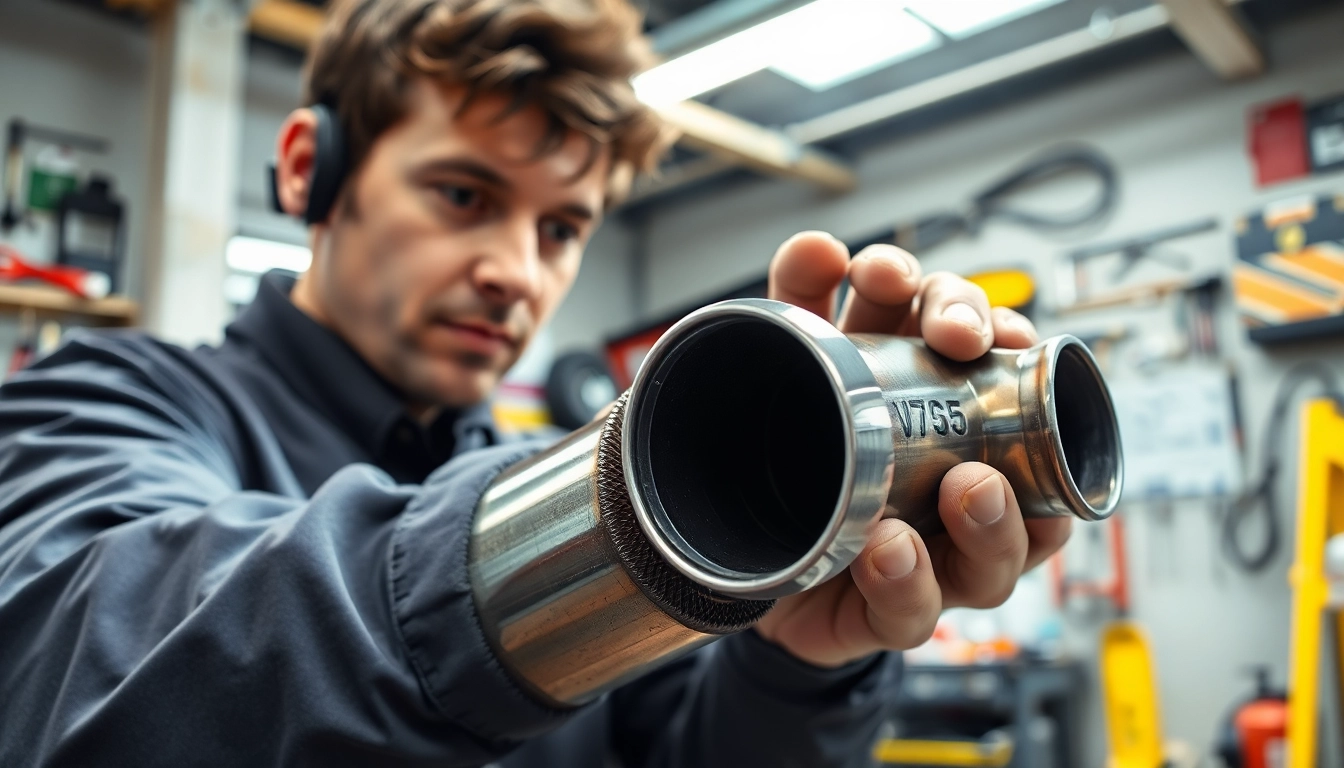
What is Machine Vision?
Machine vision is a technology that enables machines and systems to interpret visual data captured by cameras and sensors, processing that information to perform various tasks. It plays a critical role in industrial automation, quality checks, and data collection across an array of industries. With advancements in artificial intelligence and machine learning, machine vision has transformed the way businesses operate, offering unprecedented speed and accuracy in monitoring and decision-making processes.
Defining Machine Vision Technology and Its Applications
At its core, machine vision technology encompasses a combination of hardware and software components that enable a computer to “see” and understand its surroundings. This technology utilizes cameras to capture visual data, which is then processed using sophisticated algorithms to extract meaningful insights.
Applications are vast and varied, with machine vision commonly used in:
- Quality control and assurance in manufacturing
- Automated inspection systems
- Robotics guidance and automation
- Healthcare diagnostics
- Retail systems for inventory management
The Role of Sensors and Cameras in Machine Vision
Sensors and cameras are the primary means by which machines gather visual input. There are various types of cameras used in machine vision systems, including:
- CCD Cameras: Charge-Coupled Devices are often used for high-quality imaging.
- Cmos Cameras: Complementary Metal-Oxide-Semiconductor cameras work well for speed and low-light conditions.
- 3D Cameras: Utilize multiple sensors to capture depth information, aiding in dimensional inspections.
These devices work in conjunction with lighting systems, specialized optics, and software algorithms to ensure accurate image acquisition and processing. The integration of these components is crucial for effective machine vision implementation.
Comparison of Machine Vision vs. Computer Vision
While machine vision and computer vision share similarities, they serve different purposes. Machine vision is specifically tailored for industrial and automation applications, focusing on functional processes such as:
- Defect detection in manufacturing
- Guidance for assembly lines
- Barcode scanning and reading
Conversely, computer vision expands beyond industrial capabilities to encompass applications in consumer technology, such as facial recognition and surveillance systems. It focuses on understanding scenes and spatial information, leveraging machine learning to interpret visual data.
Key Benefits of Implementing Machine Vision
Enhancing Product Quality and Consistency
One of the foremost advantages of machine vision is its ability to enhance product quality. With automated inspection systems, businesses can detect faults that may go unnoticed by human inspectors. This results in:
- Fewer defective products reaching the market
- Increased customer satisfaction
- Lower returns and warranty costs
Moreover, machine vision ensures consistent quality by adhering to predefined standards and criteria, thus standardizing the quality assurance process across different shifts and teams.
Reducing Labor Costs through Automation
Integrating machine vision into manufacturing processes significantly lowers labor costs. Automated systems reduce the need for manual inspections and interventions, allowing businesses to reallocate human resources towards more complex tasks that require critical thinking and creativity. This shift can lead to:
- Increased operational efficiency
- Enhanced employee morale by focusing on less repetitive tasks
Additionally, the reduction in human error means fewer costly mistakes, contributing to overall cost savings.
Improving Processing Speeds and Efficiency
Machine vision systems operate at high speeds, enabling manufacturers to process large volumes of products rapidly. For example, vision-guided robots can identify and sort products in real-time, vastly improving throughput rates. Benefits include:
- Higher production rates without compromising quality
- Ability to maintain tight production timelines
- Flexibility to rapidly adapt to changing manufacturing requirements
This agility is essential in today’s competitive markets, where the ability to quickly respond to customer demands can make or break a business.
Common Use Cases for Machine Vision
Quality Control in Manufacturing Settings
Quality control is perhaps the most prevalent application of machine vision in the manufacturing sector. Automated inspection systems can scan products at various stages of production, identifying defects or deviations from expected standards. By employing machine vision, companies can:
- Ensure accurate measurements in products
- Detect surface imperfections
- Monitor assembly processes
For instance, a manufacturer of electronic assemblies might implement machine vision systems to verify that components are correctly placed on circuit boards, preventing costly recalls.
Barcode and Label Reading Applications
Barcode reading is another important application of machine vision. Industries utilize machine vision systems to read and verify labels on packaging, ensuring accuracy in tracking and inventory management. This application enhances:
- Logistics efficiency by ensuring accurate shipment tracking
- Inventory management with real-time stock level insights
- Reduction of human error in data entry
Automated systems can quickly scan large quantities, far exceeding the speed and accuracy of manual processes.
Assembly Line Guidance and Automation
Assembly line guidance through machine vision assists in ensuring precise assembly of components, especially in high-volume production settings. Vision-guided machines detect parts in real-time, guiding robotic arms to complete tasks with precision. The benefits include:
- Reduced misalignment of parts
- Streamlined production by maintaining optimal assembly speed
- Enhanced safety in hazardous environments by minimizing human interaction
This type of automation not only improves efficiency but also enhances worker safety and ergonomics.
Challenges Faced in Machine Vision Deployment
Technical Limitations and Hardware Constraints
Despite its numerous benefits, deploying machine vision systems poses technical challenges. Limitations such as lighting conditions, camera resolution, and processing capabilities can hinder performance. To mitigate these challenges, companies should:
- Evaluate environmental conditions before implementation
- Choose appropriate hardware tailored to specific tasks
- Ensure that the software algorithms are optimized for unique applications
Implementing rigorous testing protocols can also help identify and rectify issues before full-scale deployment.
Integration with Existing Systems and Software
Integrating new machine vision systems with legacy equipment and software can be a complex process. Disparities in technology may lead to compatibility issues. Successful integration requires:
- Comprehensive assessment of existing systems
- Collaboration with technology providers to ensure compatibility
- Phased integration approaches to minimize disruptions
Organizations must plan adequately for transitions and ensure that staff are trained to operate hybrid systems.
Cost Considerations and Return on Investment
The initial investment for machine vision technology can be substantial, leading some organizations to hesitate in implementation. It’s crucial to conduct a cost-benefit analysis, evaluating how machine vision can lead to long-term savings through:
- Reduced labor costs
- Minimized defect rates
- Optimized resource allocation
Establishing performance metrics post-implementation can track the ROI and inform future decisions regarding technology investments.
Future Trends in Machine Vision Technology
AI and Machine Learning Integration in Vision Systems
The future of machine vision is closely intertwined with advancements in artificial intelligence and machine learning. These technologies enable systems to learn from data, improving accuracy over time. Future trends may include:
- Enhanced object recognition and classification
- Predictive maintenance capabilities
- Automated anomaly detection
Integrating AI can transform machine vision from a static inspection tool to a dynamic system capable of evolving with changing environments.
Advancements in Imaging and Artificial Intelligence
The ongoing improvement in imaging technologies, coupled with AI enhancements, will continue to expand the capabilities of machine vision. Upcoming trends may feature:
- High-resolution imaging systems that capture minute details
- Real-time processing capabilities enabling instantaneous feedback
- Advanced analytics that provide deeper insights and forecasting capabilities
These advancements will elevate machine vision systems from mere inspection devices to comprehensive decision-support tools for industries.
Impact of Machine Vision on Industry 4.0
Machine vision is poised to play a vital role in the realization of Industry 4.0, where interconnected devices and systems will communicate seamlessly to enhance operational performance. The broad integration of machine vision will enable:
- Smart factories where machines make independent operational decisions
- Real-time performance monitoring with data-driven adjustments
- Enhanced customer experiences through personalized product offerings
The evolution of machine vision technologies will thus not only redefine manufacturing processes but also contribute to a smarter, more connected industrial landscape.







